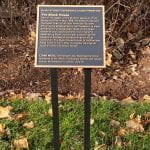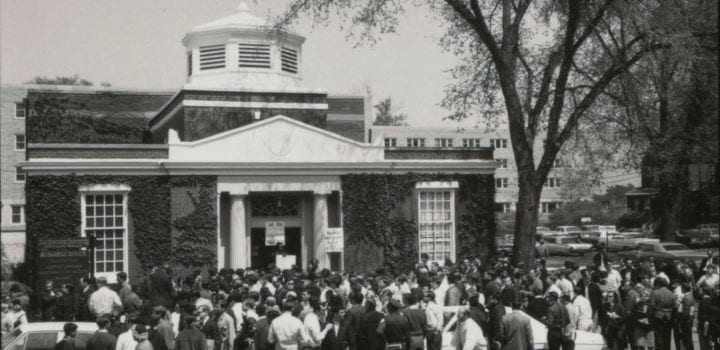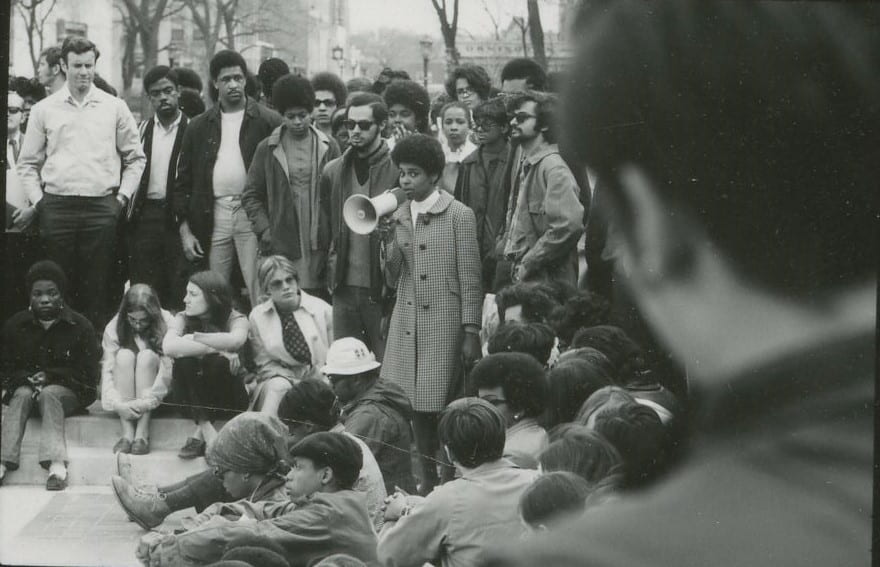Introduction
Thank you for joining us on the Black Student Experience at Northwestern University tour! Over the next hour, you will hear stories about the fight for racial equity led by Black students at Northwestern. These are more than stories, you will hear about lived experiences of Black students based on archival documentation. For some, these stories will be difficult to hear and might not mirror your views of the institution. If that is the case, we invite you to engage with an open mind and with empathy. Use this opportunity to listen and learn. For others, this tour is about truth-telling. It speaks to a broader history of injustice and a fight for equity and inclusion. While it is not all-encompassing, we hope that this tour affirms those experiences and offers some historical context for the structures that exist today that foster equity and inclusion. As you travel between each stop, please use that time as an opportunity to reflect on what you hear, you can use the discussion questions in the brochure as a guide.
If you have additional stories and experiences that you would like to share, please contact the McCormick Library of Special Collections and University Archives, specialcollections@northwestern.edu.
Self-Guided Tour Options
Either engage with the tour on-site as a walking tour or listen to the audio from anywhere.
Download the Echoes App to access the GPS self-guided tour.
The Black Student Experience at Northwestern University Walking Tour Brochure
Virtual Tour
Permanent Plaques
The following plaques were installed to permanently acknowledge the legacy of Black student life at Northwestern University:

|
THEME |
LOCATION |
|
Black Greek Organizations |
Scott Hall, 601 University Place in the Ana Marcy Miller Scott Garden, next to the Divine Nine plaques |
|
The Black House |
The Black House, 1914 Sheridan Road |
|
Student Activism |
Rebecca Crown Center, 633 Clark St. |
|
International Houses |
Emerson Street and Orrington Avenue, southeast corner |
|
Charles “Doc” Glass (Black student athletes) |
Ryan Field, northwestern corner of Ryan Field football stadium |
Credits
- Mikala Stokes, author of The Black Student Experience at Northwestern University Audio Tour and voice-over, graduate student, Northwestern University, Department of History
- Benjamin Jouras, voice-over, undergraduate student, Northwestern University, School of Communication
- Charla Wilson, Project Manager, Archivist for the Black Experience, University Archives
- The Black Student Experience at Northwestern University Audio Tour is sponsored by the Office of the Provost and Office of Institutional Diversity and Inclusion as part of the Bursar’s Office Takeover Commemoration. The project was proposed by the Legacy/Memorial Sub-committee. Special thanks to Ann Bradlow, Professor of Linguistics and Peter Kaye, Assistant Dean for Undergraduate and Post-baccalaureate Programs.
- And appreciation to Sekile Nzinga, former Director of the Women’s Center, Dr. Jenny Thompson, Director of Education at Evanston History Center, Dino Robinson, founder of Shorefront Legacy Center, Clovis Semmes WCAS’71, WCAS’78, Dana Lamparello, McCormick Library of Special Collections and University Archives Head of Public Services & Assistant University Archivist, and Kevin Leonard, University Archivist, for reviewing the audio tour. And thank you to Roseann Mark, Senior Editor, Publications, OGMC, TJ Young, Associate Director, Production, OGMC, Henry McGill, Senior Designer, Publications, OGMC, and James McKinney, Director of Facilities Management Operations for designing and installing the permanent markers.
Contact Us
For more information about the audio tour, please contact Charla Wilson, Curator for the Black Experience at charla.wilson@northwestern.edu.
For more information about Northwestern history and collections, please contact the McCormick Library of Special Collections and University Archives at specialcollections@northwestern.edu.
Check out these other campus tours:






















